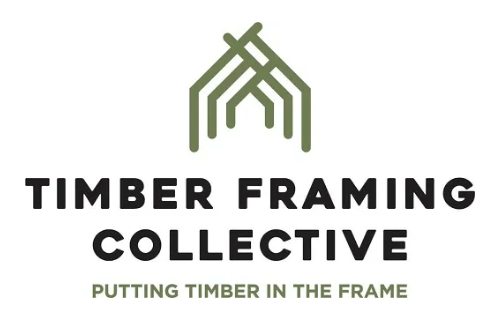
This piece was written and provided by the Timber Framing Collective.
The timber industry is well positioned as a leader on the world stage to help reach the goals set out by COP28’s Buildings Breakthrough. Timber is one of the world’s oldest resources, and it’s also where our future lies.
27 countries pledged their support to the cross-sectorial campaign: the ‘Buildings Breakthrough’, at COP28 in December 2023. Part of a broader Breakthrough Agenda, the ‘Buildings Breakthrough’ has the target of achieving worldwide near-zero emission and resilient buildings as being the new normal by 20301.
With approximately 23% of annual global CO2 emissions coming from concrete, steel and aluminium used in building and infrastructure operations2, sustainability in the building sector is receiving increased attention in international climate talks.
There is a recognised need for reducing emissions and decarbonising the global construction sector.
Timber however, is a carbon positive building material – which means the entire production process, from sapling to timber framing installation, removes more carbon dioxide than it emits.
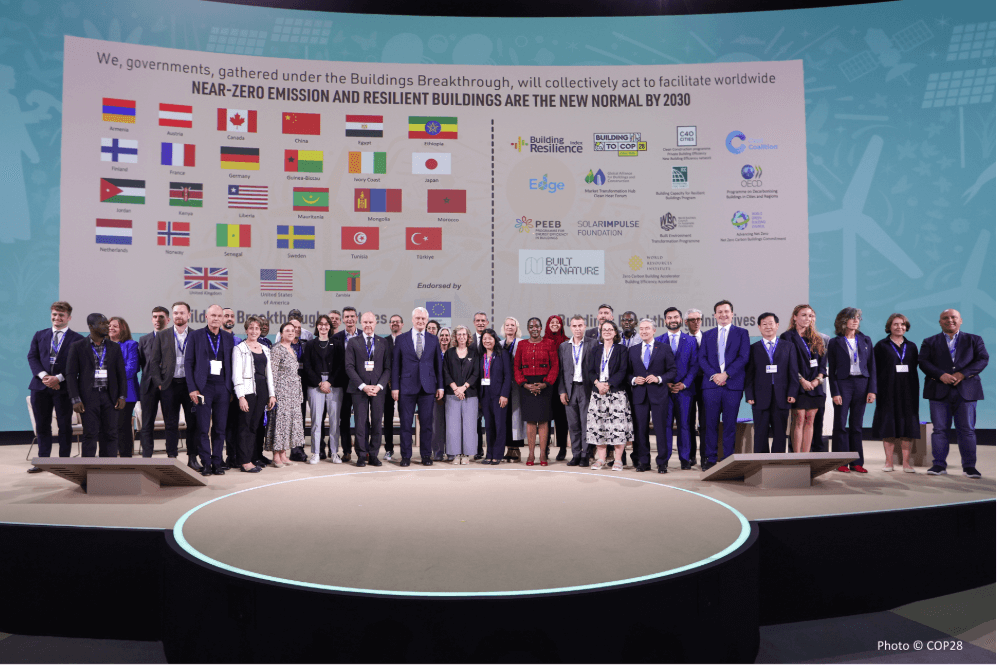
“The goal [of the ‘Buildings Breakthrough’] is really simple: net zero and resilient buildings by 2030,” says Inger Andersen, undersecretary-general of the United Nations and executive director of the United Nations Environment Programme, “We have fire codes in every country for how we construct our buildings. Why, oh why, do we not have efficiency and net zero codes?”
Andersen makes a sensible argument, with the built environment being responsible for about 42% of annual global CO2 emissions. Australia’s National Construction Code (NCC) recently implemented energy efficiency standards, but progress is still to be made when it comes to building materials.
Fortunately, the construction industry doesn’t need to look far for sustainable alternative building materials. An increasing awareness and use of timber framing is putting the timber industry at the forefront of the conversation. Timber is the most eco-friendly building material on Earth. Timber framing is sustainable, renewable, non-toxic and organic, and that’s great news for our planet.
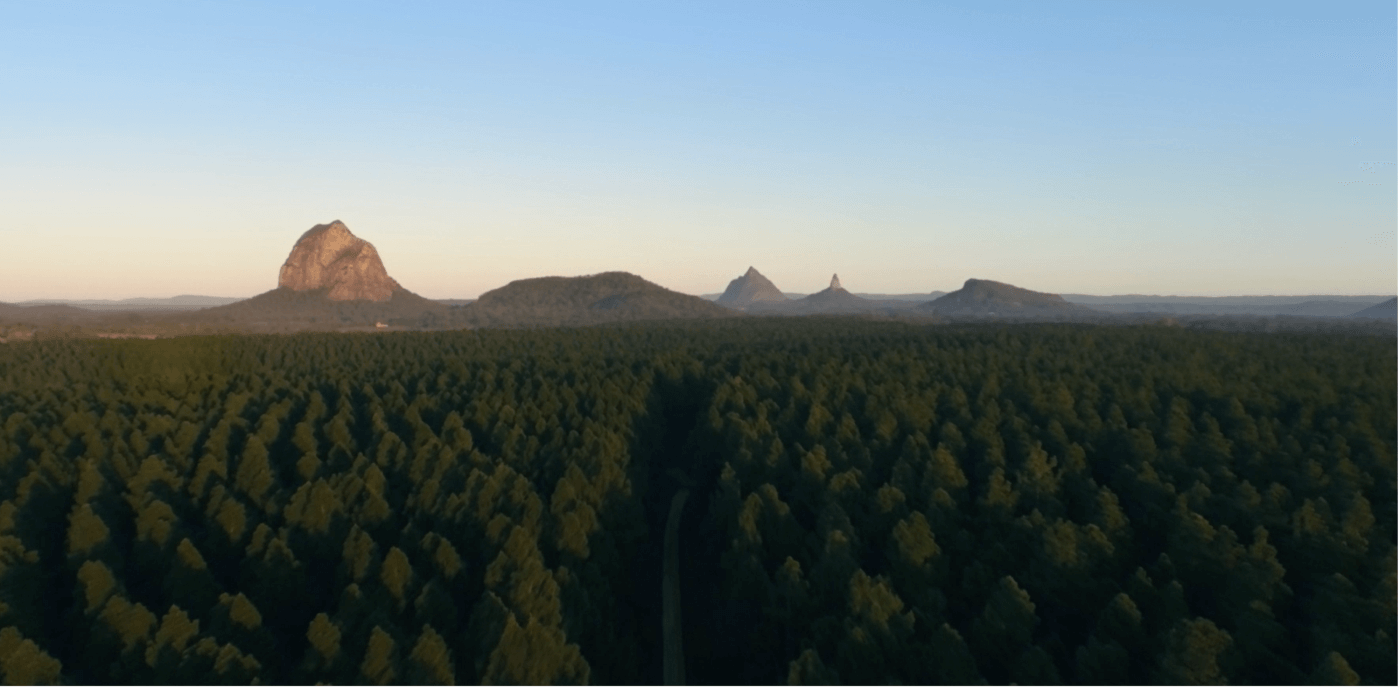
The ‘Buildings Breakthrough’ covers both new buildings and deep renovation, defining “near-zero emission buildings” as high energy-efficient buildings with a low carbon footprint. More and more builders are utilising timber as a preference for its quality, sustainability and many other benefits such as ease of construction and renovation. Builders such as G.J. Gardner Homes, Green Homes Australia and Hamlan Homes are also pledging their support of timber framing through the use of Timber Framing – The Ultimate Renewable™ assets made freely available by the Timber Framing Collective.
Timber however is not just limited to residential or small constructions, with increasing numbers of industry leaders utilising timber in office buildings to Olympic venue construction. In Australia, more and more new tower constructions are utilising timber as the main building material – through a mix of both cross laminated timber (CLT) and glue laminated timber (GLT).
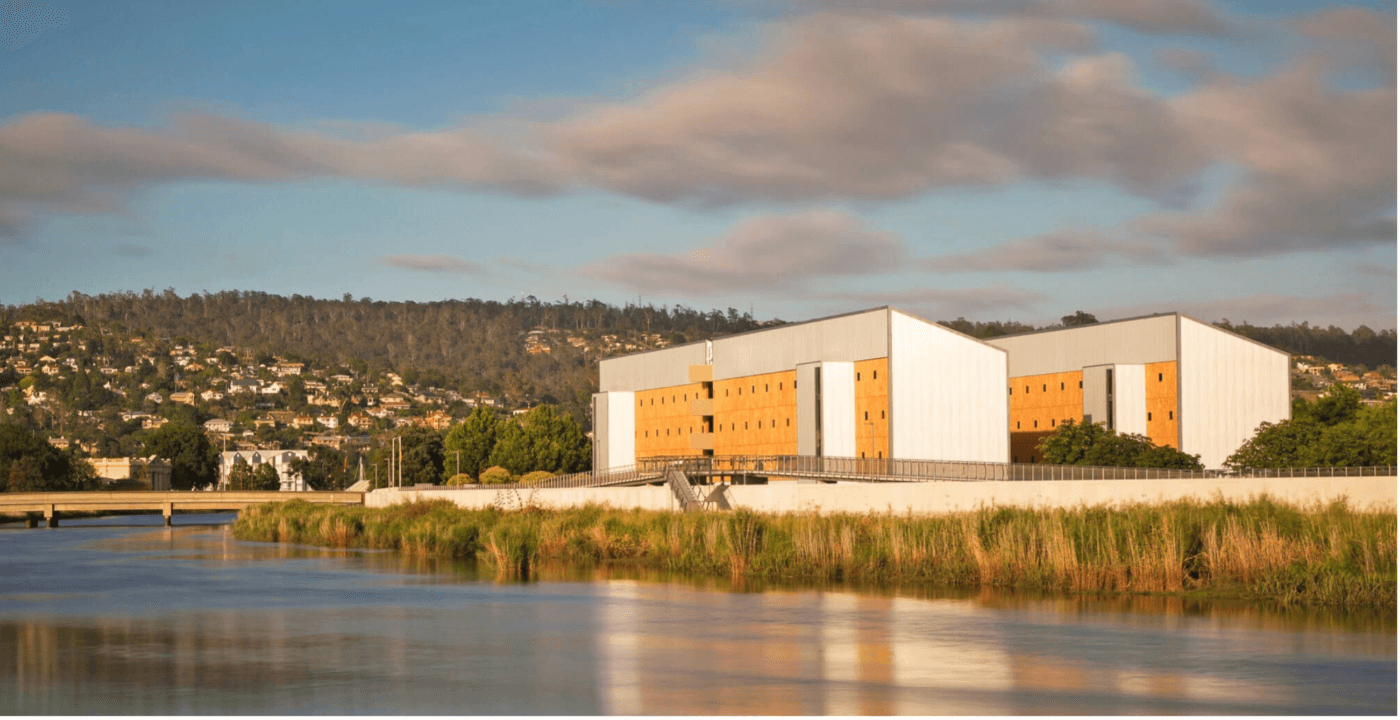
Such builds include the University of Tasmania Inveresk Student Residences (above) which won a 2016 ATDA Engineered Timber Products Award for innovative systems of sustainable design3, and International House Sydney in Barangaroo (below, left) which was constructed entirely from CLT, including floors, columns, walls, roof and lift shafts4.
More recently, Lendlease worked with Aurecon to construct a 10 storey office in Brisbane (below, right) which was considered Australia’s tallest timber building on completion in 2018. Australia’s tech-darling software company Atlassian is currently building a $1.4 billion dollar timber-hybrid office tower in Sydney, and in October 2023 a 51-storey carbon negative timber tower dubbed C6 was approved for construction in South Perth5. C6 will be the tallest wooden building in the world.
“Timber is as much on the table for building where it makes sense as it was before,” says Brett Mason, CEO of Built, the contractor behind Atlassian’s build6.
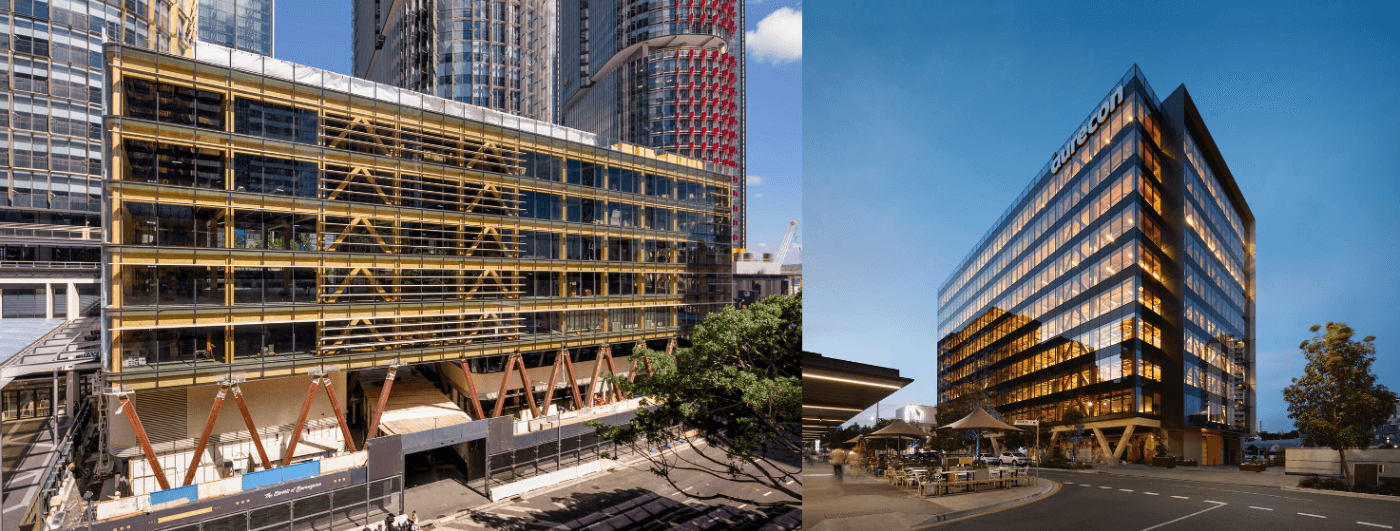
The push for timber construction is also continued abroad, with France enacting a firm wood encouragement policy, mandating that all new public buildings must use timber as their primary building material. As Paris prepares for the 2024 Olympics, timber has become the driver in delivering low-carbon venues7, a sentiment reflected as Brisbane prepares for the 2032 Olympics.
With COP28’s ‘Buildings Breakthrough’ and the global construction industry at large moving toward near-zero emissions buildings as the new normal, it’s inevitable that innovations and supply in the timber industry continue to increase.
Timber framing and the timber industry at large is taking its place as a frontrunner in this international collaboration to decarbonise the building sector, but unless the industry continues to champion timber, less sustainable building materials will continue to make it harder to realise global sustainability targets.
This is where Australia’s timber industry and supporters come into play – it’s imperative the over 45,000 workers across the supply chain lend their voice to spread the word about the benefits and uses of timber. From forestry and sawmill workers to fabricators, distributors and carpenters—the industry is working together to build strong, sustainable and beautiful timber-framed homes and buildings, while protecting the home we all share. This is something to be proud of.
And the best bit? The Timber Framing Collective has made it easier than ever to share timber’s remarkable story, with a suite of videos, social media posts and resources that can be shared with customers and networks.
The more timber framing we use, the more sustainable forests we plant, preserving our home and playing an important part in the solution to climate change.
Let’s build a better world. Let’s build with Timber Framing – The Ultimate Renewable™.
Download the resources today – renewabletimberframing.com.au/resources
2 –https://woodcentral.com.au/un-reveals-blueprint-to-decarbonise-construction-industry/
3 – https://xlam.co/case-studies/university-of-tasmania-inveresk-student-residences
4- https://www.archdaily.com/871807/international-house-tzannes
7 – https://woodcentral.com.au/la-defense-embraces-timber-solutions-as-paris-targets-net-zero/
Our Principal Partners



